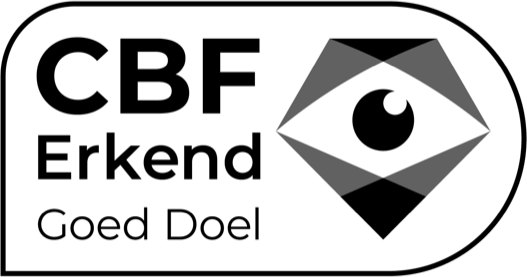Seven years of BREATH: the making of the mini-lung
What long seemed impossible has been achieved: researchers, led by Hans Clevers, created a mini-lung. This allows them to search more quickly for a solution to COPD. Researcher Antonella Dost has already discovered an interesting signal.
The solution for COPD sounds simple: make sure the damaged alveoli in the lungs can repair themselves. To that purpose a major international - Longfonds supported - research project took off seven years ago: BREATH. Dozens of top scientists from different countries are involved. The study will be completed at the end of this year.
Antonella Dost is one of the researchers in BREATH. She succeeded in growing a mini-lung in the laboratory. A mini-lung is a simplified version of a human lung. As small as a grain of salt, yet it clearly shows how a real lung functions. The mini-lung marks a major step forward in COPD research. Thanks to this, future studies will become much faster, simpler, and more affordable.
In the lab, thousands of mini-lungs can be produced at the same time. With those, researchers can study exactly what happens in diseased lungs - without the need for people or animals. They can also test new medicines quickly and safely. In the future, it may even become possible to grow new, healthy lung tissue using the mini-lung. That tissue could replace damaged lung tissue through transplantation.
From five to seven years
Dost grew the mini-lung in a laboratory at the Hubrecht Institute in Utrecht. She explains: ‘There were already other mini-organs, such as mini-intestines and mini-kidneys. There was also a type of mini-lung with bronchi, but we didn’t yet have a mini-lung with alveoli. Alveoli are very complex, with many different cells and structures. We hadn’t been able to replicate that in a lab. Until now.’
While Dost and her team were working on creating a mini-lung with alveoli, other BREATH researchers were exploring different ways to better understand COPD. The entire project was initially planned for five years. But after five years, the researchers received funding from Longfonds for an additional two years, to continue the most promising subprojects. Dost’s mini-lung with alveoli was one of them. This allowed her to immediately use her lab-grown mini-lung for new COPD research, which she is now working on.
Interesting signal
‘I study the inflammations in the mini-lung that are linked to COPD,’ Dost explains. ‘These inflammations cause people with COPD to have an overactive immune system. It constantly sends signals to the cells in the lungs, and that affects how the alveoli function. I am now investigating exactly how this mechanism works. What signals are there, and how do they affect the cells that may be needed for the repair of the alveoli?’
This new research already has promising results. Dost: ‘I’ve found a very interesting signal. It’s a signal the immune system usually uses to fight infections, such as a common cold. And it seems that this signal might also help the alveoli repair themselves. That would be fantastic. I’m now studying exactly how this works, and whether we can use this signal for a possible COPD treatment.’
She speaks cautiously, since there is still little certainty. More research is needed, even after BREATH. She is eager to contribute to that herself. ‘When this project ends, it certainly won’t just stop. I will definitely continue with this research.’
A Solution
Dost is eager to continue her research to find a solution for people with COPD. ‘An active patient group is involved in the project. It consists of people with COPD. They follow our work, ask questions, and share their own stories. We are working very hard on a solution for them.’
BREATH has brought that solution a step closer. Dost: ‘Everyone wants progress to be faster - so do I. But compared to seven years ago, we already understand much better what is happening in COPD lungs. The ultimate goal remains to find a cure for COPD. I am hopeful that one day we will succeed.’
About Antonella Dost
‘Through my contact with people with COPD, I increasingly understand how important our work is for them.’ Antonella Dost (34) studied biomedical sciences. After completing her PhD in Boston, she joined BREATH because she wanted to grow a mini-lung. She conducts her research at the Hubrecht Institute in Utrecht.


